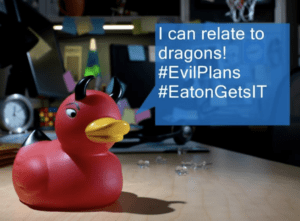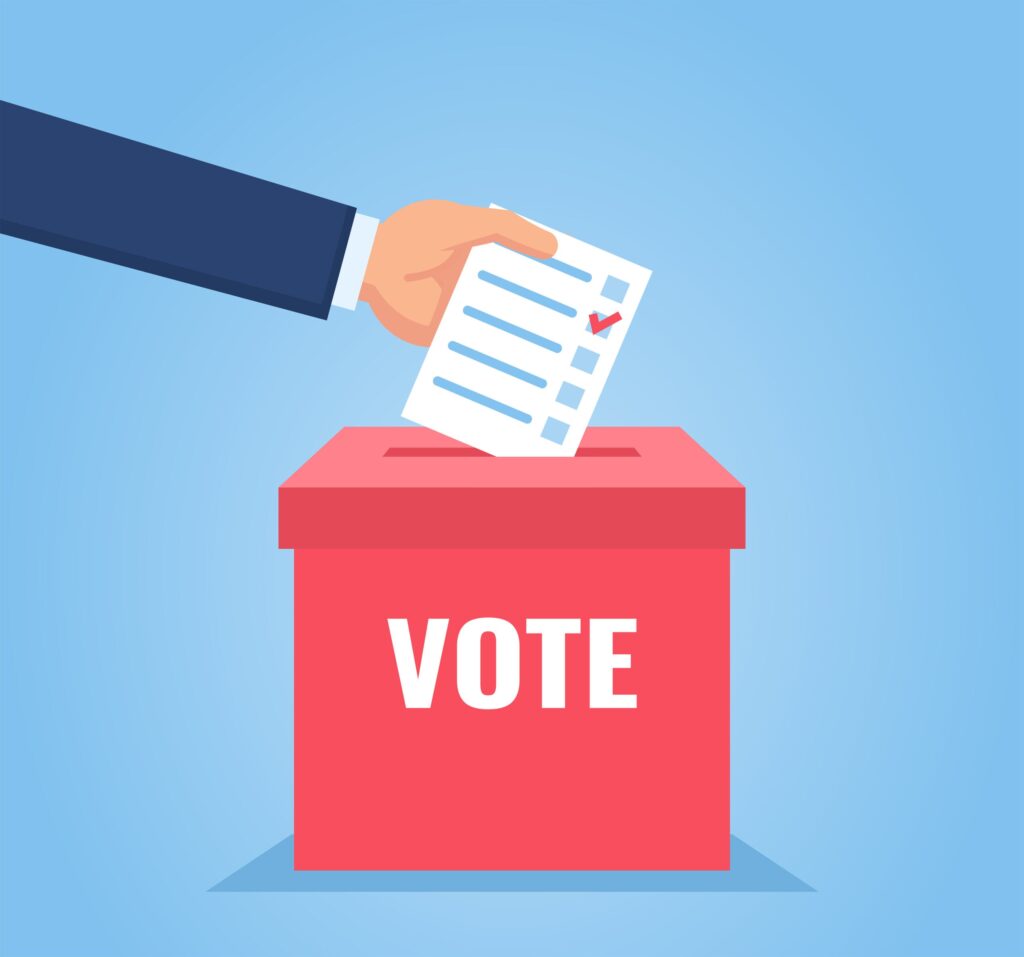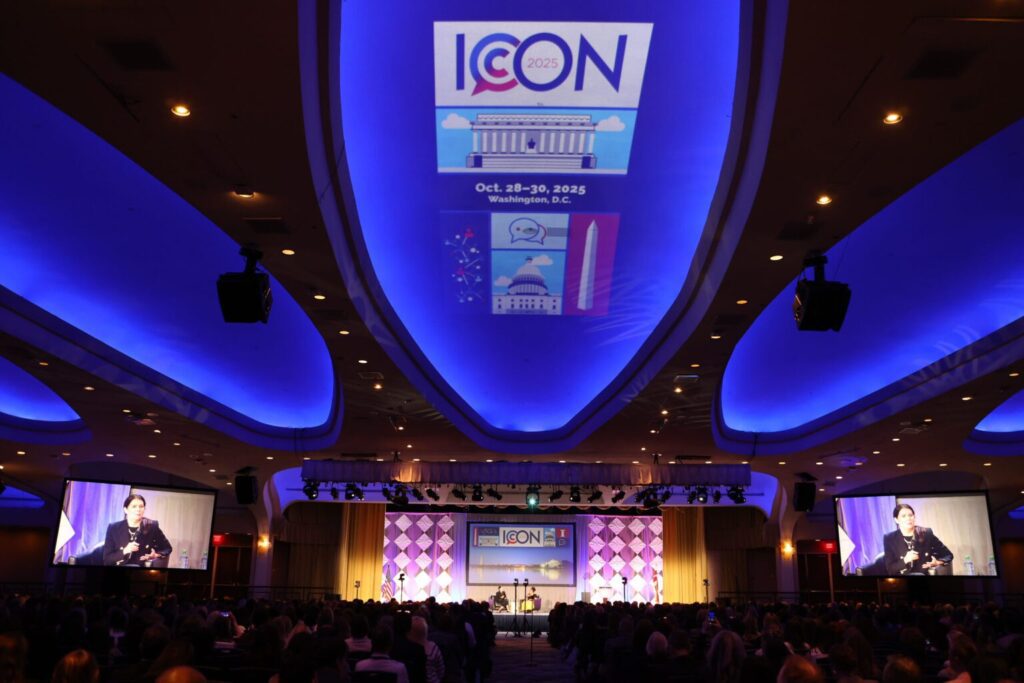
B2B buyers are waiting longer and longer to connect with vendors. This makes becoming part of the conversation as early as possible in their consideration process crucial.
Today, rather than immediately connecting with a sales rep, both B2B and B2C buyers prefer to do their own research online, or ask their peers for input.
Part of this is due to a lack of trust in vendors. In a recent report on B2B buyer disconnect, TrustRadius found that only 11 percent of buyers describe vendor reps as very trustworthy, and only 19 percent say reps have significant influence over their buying decisions. In contrast, 53 percent of vendors say they think their reps are very effective at moving the needle towards conversion.
How can you connect with prospects and get them talking? Here’s three ideas for driving engagement throughout the B2B buying cycle.
Make it fun. B2B doesn’t have to be boring. To build brand awareness and create engagement, with IT professionals, power management solution provider Eaton created a multichannel campaign centering around desk toys with very strong personalities.
But don’t think the toys are merely shills for the brand. Devil Duck, for example, is more likely to make a humorous dig rather than promote Eaton. Each toy has its own unique persona, and helps IT pros see that Eaton identifies with their pain points.
Every spring, the desktop campaign is refreshed to play on pop culture trends, with a new game for IT pros to play. This year’s outing, Ticket of Terror, plays on the “horror” of a massive amounts of help desk tickets. In the game, Zerg, an evil old retro computer comes to life, and a desktop detective helps the IT pro solve the crime.
The toys were chosen because the typical IT pro’s workspace isn’t the pristine environment seen in stock photos. Many decorate their areas with toys and pop culture memorabilia to liven up their day. And, they often have a touch of Sheldon Cooper-esque wit in their DNA, notes Molly Miller, digital demand and campaign manager at Eaton, and a featured speak at this fall’s LeadsCon Connect to Convert in Boston.
“Seven years ago, we didn’t understand how heavily marketed to they were, and how snarky they were,” says Miller. “We assumed that they cared about our product, and we know now that that is not the case. We see now that we need to talk to people how they want to be spoken to.” (For more on Eaton’s marketing strategy, check out our new special report, Masters of Measurement.)
Don’t be a robot. Automation is awesome, but don’t forget that your target customer is an actual living breathing person.
“How many times have you seen an email in your inbox address you with the good old fashioned ‘Hi [ENTER NAME]’? Or how many times did you get a follow-up email explaining that, oops, the previous email wasn’t meant for you,” says Mark Bornstein, VP of content marketing at ON24. “Automation can make marketing so easy that we literally forget about the human at the other end.”
When used in the right way, automation can become the engine behind engaging and genuine experiences, says Bornstein.
“The real way to harness the power of marketing automation is to pair it with interactive marketing tools, like webinars, that help you build experiences and give you the ability to capture every action a prospect takes, assess that activity, and share it with the sales team.”
To hear more from Mark Bornstein about ways to use webinars and other tools to drive engagement throughout the B2B buying cycle, join us for a free live webinar on Wednesday, July 19 at 2 pm ET.
Create an agile marketing environment. Enabling teams to move quickly and capitalize on timely marketing opportunities helped Wells Fargo realize a 79 percent increase in scheduled meetings between relationship managers and clients.
In Boston, to promote its wholesale banking services, Wells Fargo used its CRM system to identity customers to focus on, and then used digital retargeting to reach them across multiple platforms. Wholesale banking is a significant line of business for the company: 50 lines of business serve a variety of verticals, and it represents 33 percent of total Wells Fargo revenue and 49 percent of its net income.
An outdoor messaging takeover in the city’s financial district coupled with a dimensional direct mail campaign right after the Red Sox’s last World Series helped get prospects’ attention. The mailing included a book on Boston’s “wicked awesome” reign of winning sports teams, and suggested that recipients needed to “count on the right team” to elevate their business.
The success of the initiative created a template for future B2B CRM initiatives for the bank, says Wells Fargo EVP and head of integrated marketing Michael Lacorazza.



